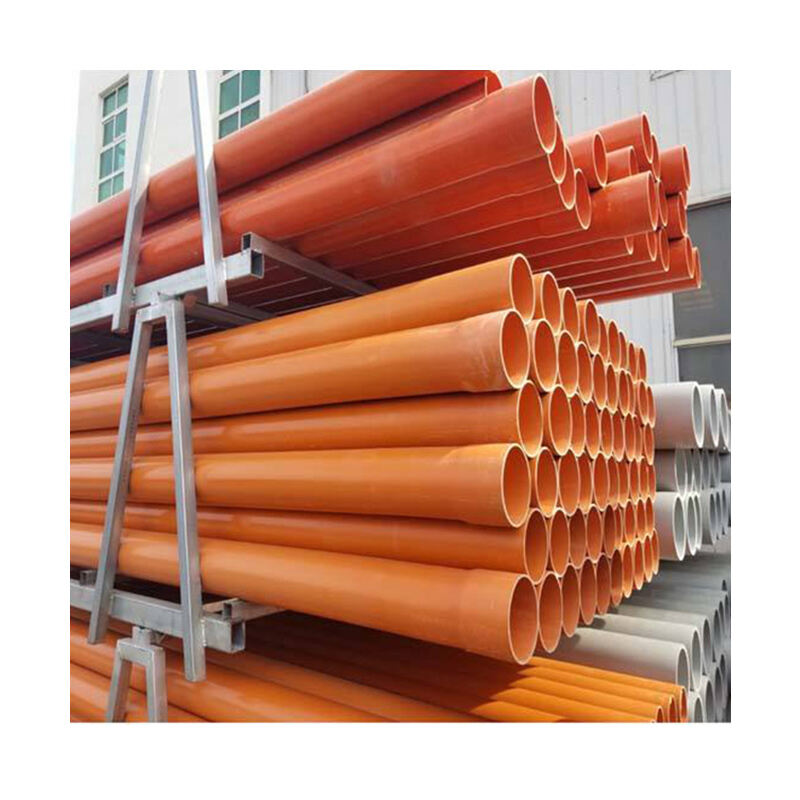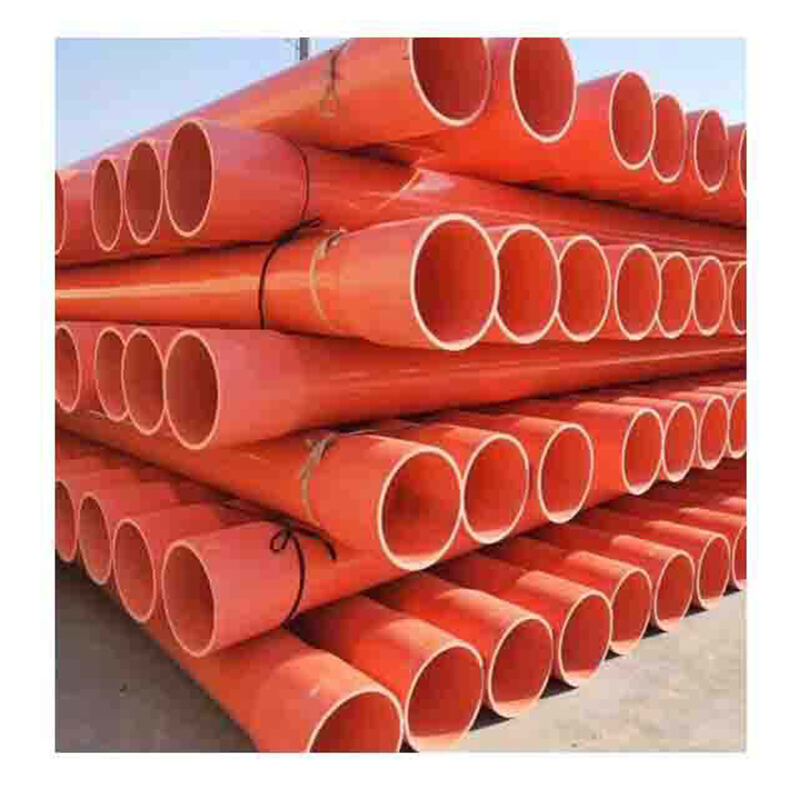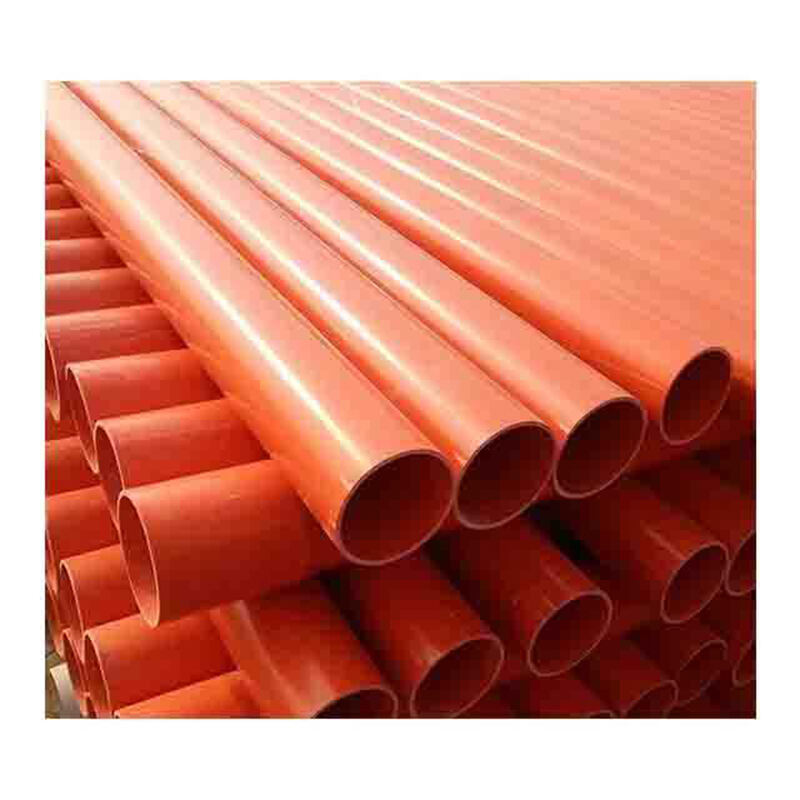optima materiae pro canalis dragandis
Selectio materialium pro ductibus excavatoriorum est crucialis ad efficientes et fideles operationes excavandi praestanda. Polyethylene densitatis altissimae (HDPE), caucho firmiter aere consolidatus, et ferrum ligamentis resistens praestant ut materiae primarias in applicationibus modernis excavandorum. Hae materiae sunt ingeniose fabricatae ut extremas conditiones sustineant, inter eas lutos abrasivos, operationes altissimae pressurae, et ambientes corrosivi. Tubi HDPE excellentem flexibilitatem et resistentionem corrosionis praebent, eos idoneos reddentes pro lineis fluitantibus et tubis effluentibus. Tubi cauchi firmiter aere consolidati durabilitatem cum flexibilitate combinent, habentes internam vestem robustam quae usum resistit dum integritatem structuralem servat. Tubi ferri ligamentis resistens, praecipue illi cum overlay carbidi chromii fabricati, praestant superiorem resistentiam abrasioni pro materiis valde abrasivis tractandis. Hae materiae sunt designatae ut fluxum efficientem optimo modo praestent, requisita conservationis minimo modo faciant, et vitam operationalem prolongent. Materiae ductuum modernarum excavatoriorum etiam systema couplings praebent pro celeri componendo et dissolvendo, tempus inopis durante conservatione vel reconfiguratione minuendo. Caracteres technologici comprehendunt crassitudinem parietum accurate ingeniose factam, finitionem superficiei optimatam, et designa juncturarum innovativa quae operationes sine fugis sub conditionibus altissimae pressurae praestant.















